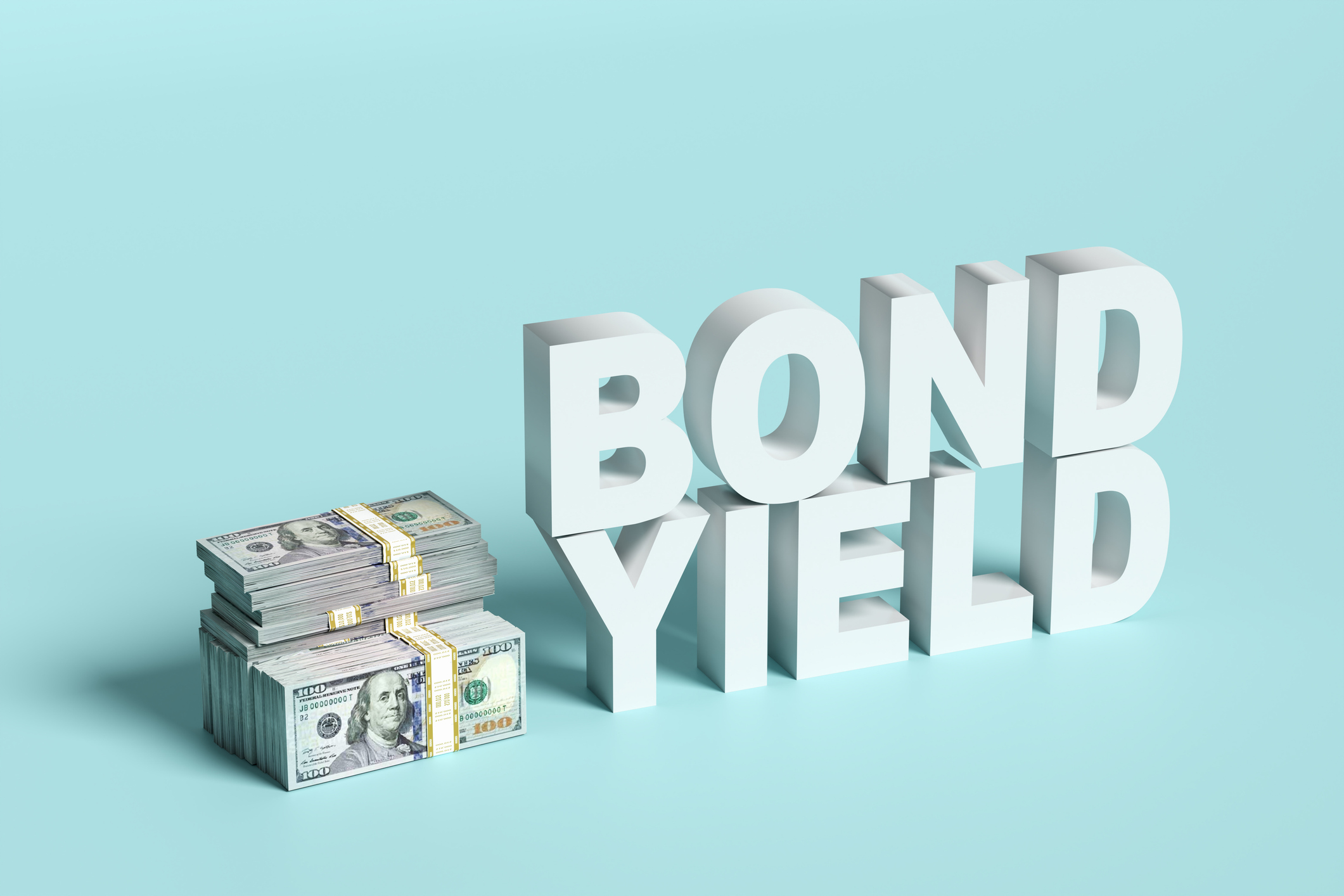A sale and leaseback arrangement can be a useful way for a company to generate cash from its property portfolio without having to vacate, as would be the case in a standard sale.
The seller gets a lump sum up front from the 'sale', which can be invested elsewhere, but simultaneously signs a rental agreement- the 'leaseback' - committing to make lease payments to the buyer in return for continued occupancy.
If selling a building and then continuing to use it sounds too good to be true then it probably is. Over time, the high fixed cost of the lease payments will eat into future profits- creating what analysts call high 'operational gearing' - and eventually, depending on the terms of the deal, the seller may lose legal title to the property once the lease period expires.
MoneyWeek
Subscribe to MoneyWeek today and get your first six magazine issues absolutely FREE

Sign up to Money Morning
Don't miss the latest investment and personal finances news, market analysis, plus money-saving tips with our free twice-daily newsletter
Don't miss the latest investment and personal finances news, market analysis, plus money-saving tips with our free twice-daily newsletter
Get the latest financial news, insights and expert analysis from our award-winning MoneyWeek team, to help you understand what really matters when it comes to your finances.
MoneyWeek is written by a team of experienced and award-winning journalists, plus expert columnists. As well as daily digital news and features, MoneyWeek also publishes a weekly magazine, covering investing and personal finance. From share tips, pensions, gold to practical investment tips - we provide a round-up to help you make money and keep it.
-
 The shape of yields to come
The shape of yields to comeCentral banks are likely to buy up short-term bonds to keep debt costs down for governments
-
 The sad decline of investment clubs – and what comes next
The sad decline of investment clubs – and what comes nextOpinion Financial regulation and rising costs are killing off investment clubs that once used to be an enjoyable hobby, says David Prosser

